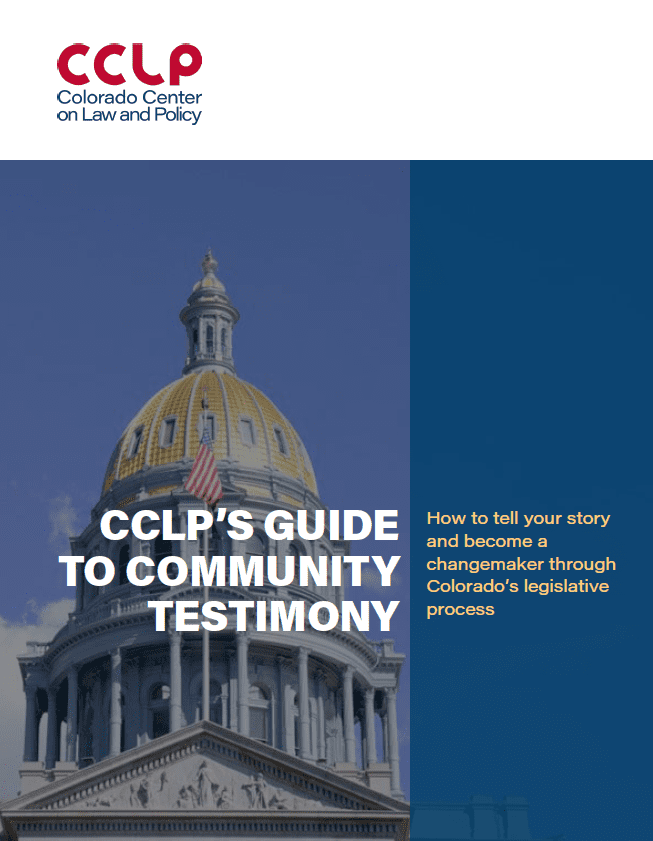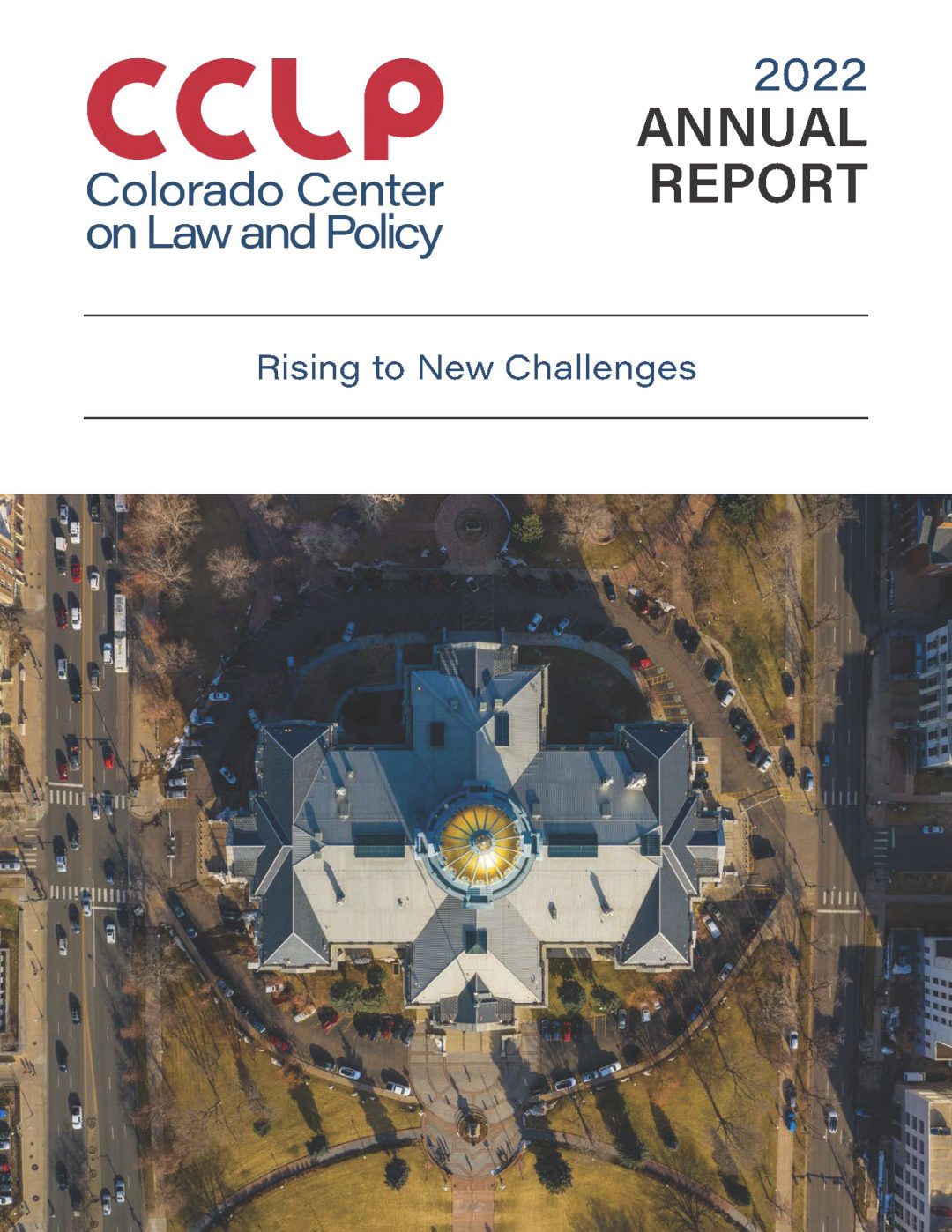Today, the Census Bureau released results of the 2012 Current Population Survey. This survey provides data on poverty, income and health insurance coverage primarily at the national level. Look for more state specific information from CCLP on Thursday in conjunction with the release of the Census’ American Community Survey.
New Census Bureau data show that 46.5 million Americans lived in poverty in 2012. The poverty rate was 15 percent according to the Census Bureau’s Current Population Survey-statistically unchanged from 2011. Median household income also remained statistically unchanged at $51,017 in 2012. One bright spot in 2012 was that the percentage of Americans covered by health insurance rose to 84.6 percent in 2012, a slight increase from the 2011 level.
Poverty
Although the poverty rate was unchanged in 2012, the rate is still substantially higher than the pre-recession level of 12.5 percent highlighting how anemic the recent economic recovery has been. Since 2007, more than 9 million Americans have fallen into poverty.
Poverty rates varied by age and race. In 2012, child poverty remained high with more than one in five children living in poverty. In comparison, the poverty rate among working age Americans (18-64) was 13.7 percent. The white, non-Hispanic population continued to have a noticeably lower poverty rate than that of the black or Hispanic communities. In 2012, 9.7 percent of the white, non-Hispanic population lived in poverty while 27.2 percent of the black population and 25.6 percent of the Hispanic populations lived in poverty.
Income inequality remains in 2012
Median household income across the country was unchanged at $51,017 in 2012. Western states experienced modest improvements: real median household income increased 3.2 percent from 2011 to 2012. A troubling trend, however, is that median income has not rebounded during the recovery. Median incomes across the country have declined 8.3 percent between 2007 and 2012.
Significant inequality in earnings and income persisted in 2012. Women earned only 77 percent of men in 2012. Similarly, the median income for the black and Hispanic communities, $33,321 and $39,005 respectively, was much lower than the median income of the white community, $53,705. The Asian community had the highest median income in 2012 at $68,636. Furthermore, the Census data show that the top 20 percent of earners took home 51 percent of the total household income across the country in 2012 while the bottom 20 percent of earners only took home 3.2 percent. Middle income earners, those from the 40th to 60th percentile of earners took home 14.4 percent of total household income.
Health insurance coverage increased in 2012
The number of uninsured Americans decreased from 15.7 percent in 2011 to 15.4 percent in 2012, a statistically significant change. This means that roughly 3 million more Americans had health insurance coverage in 2012 than in 2011. Most of the increase in health insurance coverage was a result of an increase in the number of people covered by government health programs.
Government assistance programs provide crucial support across the country
The Census data show that government support programs are playing a key role in keeping families afloat in the wake of the 2007 recession. For example, in 2012 101.5 million Americans had some form of public health insurance; this is an increase of 2 million people compared to the 2011 level. Of the two most common public health insurance programs, Medicaid and Medicare, Medicaid (the low-income health insurance program) covered a greater number of people than Medicare for the fourth year in a row. Similarly, the Supplemental Nutrition Assistance Program (SNAP) provided vital assistance to millions of Americans in 2012. In fact, if the Census Bureau included SNAP benefits in its calculation of the poverty rate, roughly 4 million less Americans would be considered in poverty. As discussions continue at the state and local level about the value of these government support programs, it is crucial to bear in mind the value they hold for millions of Americans and thousands of Coloradans alike.
The Second Regular Session of the 74th General Assembly is well underway!
Learn more about CCLP’s legislative platform for 2024 and the bills we’re most excited to support!









